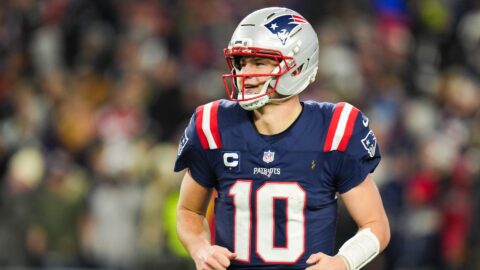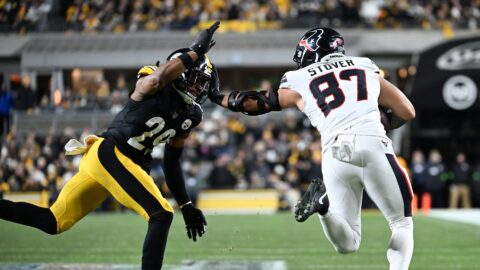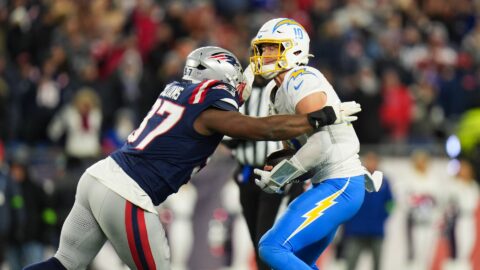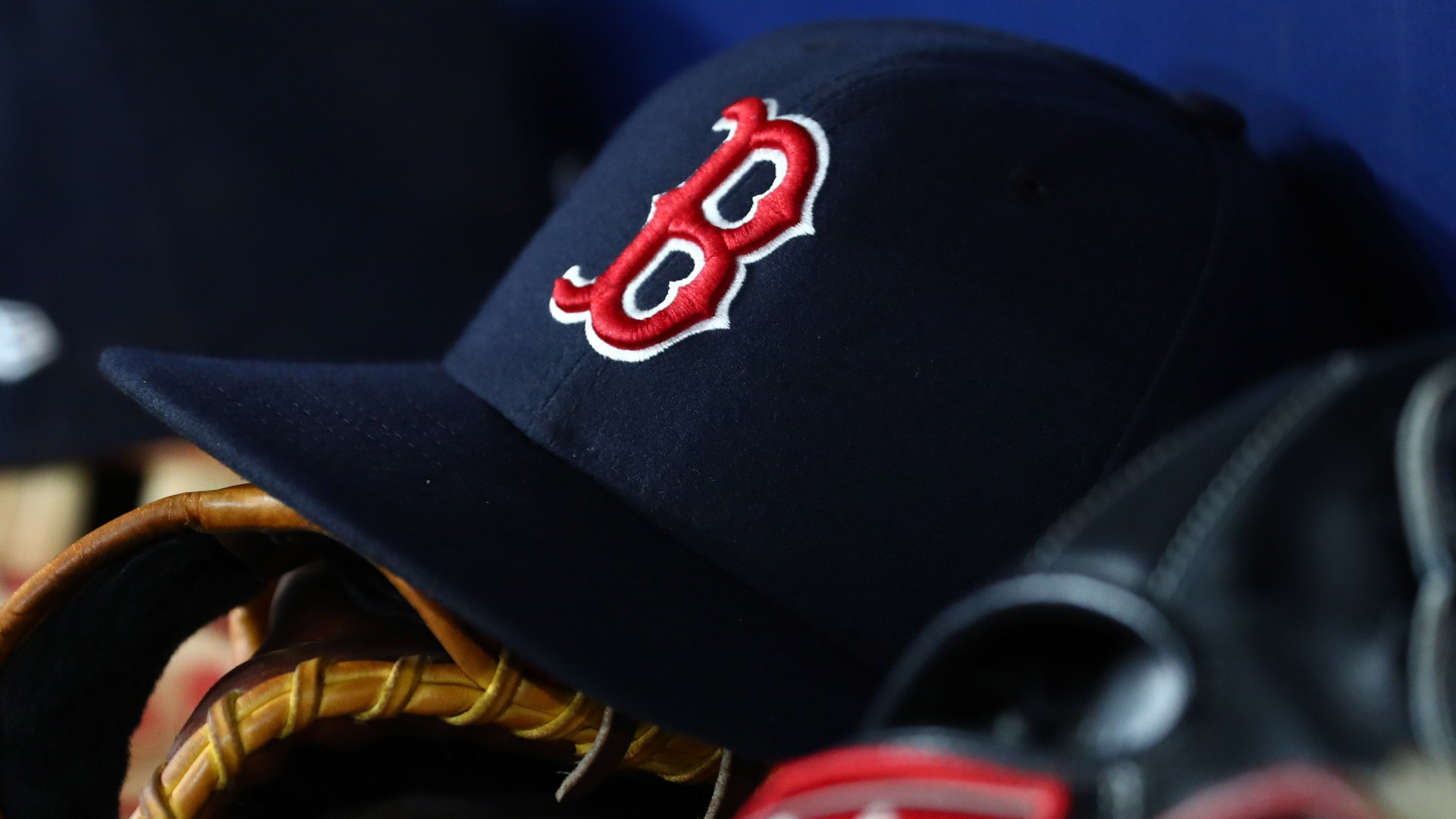Theo Epstein called it the No. 1 priority of the offseason. Terry Francona made reference to it as a constant issue. Every pundit in this town took a shot or two during the course of a 162-game season.
The Red Sox’ bullpen has been a target, for those enforced with fixing it, those charged with utilizing it and those tasked with writing about it. The fans? Their vitriol on certain afternoons and evenings at Fenway Park tells you all you need to know about their affection for the relief corps.
So much of it gets directed at the last line of defense, Jonathan Papelbon. His career-high eight blown saves are the primary reason. When one leaves their seat and heads down the ramp shaking their head, chances are they are not recalling the run given up in the fifth, but rather the one surrendered in the ninth.
But the real problem with Boston’s pen this year was the constant search for help in front of Papelbon and star setup man Daniel Bard. As Epstein has indicated, the success of the bullpen relied upon someone else to come forward and be a shutdown reliever in the middle and late innings.
“I think we knew coming into the year that if we didn’t have someone step up as a third reliever, so to speak, that that would be something we would like to address, either internally with [Felix] Doubront or outside via trade at any point in the season,” Epstein said.
Of course, that trade never came and the club was left to audition countless candidates for that third, fourth, fifth, sixth and even seventh spots.
It all began in Fort Myers, where Scott Atchison, Brian Shouse, Joe Nelson, Alan Embree, Boof Bonser, Scott Schoeneweis, Jorge Sosa and others who have been around the block occupied one corner of the expansive spring training clubhouse, a collection of hurlers in direct competition to try to salvage something of their careers. Each was bidding for what figured to be one or two spots after Papelbon, Bard, Hideki Okajima, Ramon Ramirez and Manny Delcarmen. Only Atchison really emerged, but even his ascension didn’t come until the second half of the year.
Shouse was let go, despite posting a 0.96 ERA in the spring. Embree’s comeback bid lasted all of a few days with the big club, and no appearances. Nelson had a 9.72 ERA in eight games during the regular season. Bonser, a rehab project, allowed four runs in his only two innings of relief and had to be shut down while on an assignment at Pawtucket later in the year and eventually wound up a free agent, signing with Oakland.
Schoeneweis appeared in 15 games but had a 7.90 ERA and a 2.12 WHIP. Sosa was never really in the mix.
The lack of middle relief created a shaky connection to the bridge to Bard and Papelbon. Then, the bridge itself began to crumble.
Okajima’s decline was perhaps the most damaging. He had been that third and sometimes even second guy on the back end of the pen. After posting an ERA of 6.00 in 34 games over the first half of the season he finally had his role reduced until returning from a late injury to finish strong.
Delcarmen made a run at the job with a strong start (he had seven holds and a 2.23 ERA through June 22), but it all fell apart for him. He surrendered 15 earned runs in his final 11 2/3 innings in Boston before being traded to Colorado in August.
Ramirez went the other way. He posted a 3.20 ERA over a 27-game stretch prior to getting shipped to San Francisco. However, he had been untrustworthy for the better part of a year before that and one or two slightly improved months were not enough to give the club much confidence in him in key roles.
Even Atchison and Doubront were unable to carry the torch to the finish line. Atchison allowed eight runs in his final 3 2/3 innings and Doubront was shut down due to an issue with his pectoral muscle.
Essentially, the need to have somebody “step up” went unfulfilled, from that third guy all the way down to the middle innings men that are often forgotten about but have an important role to fill. There was never any definition beyond the final two guys, Bard and Papelbon.
As for Papelbon, his season was a bit of a mirage. The blown saves were not only more plentiful but extreme in the way in which they occurred.
Papelbon’s ERA in those eight outings was 21.13. His ERA in every other appearance was 1.67. Counter that with his previous five seasons, when he had a 10.89 ERA in blown saves and a 1.97 mark in all other outings.
For whatever reason when Papelbon failed he really made it memorable. That didn’t help his cause when fans walked home cursing out the last thing they saw. But the rest of his season he looked his dominant self, even much better at times. While Papelbon is the target for a sprinkling of horrific outings, the problems went well beyond his occasional hiccups. Indeed, as Epstein notes, nobody emerged in nearly every other role and the search for help was season-long.
Epstein attempted to stop the bleeding at the trade deadlines. He was outbid for the services of Kerry Wood, now an integral part of the New York Yankees’ bullpen. The asking price for others in terms of prospects was too much. And with some of the damage already done (the pen had a 4.71 ERA in the first half of the season), it was never a sure bet that importing one or two arms would make all the difference.
“Not too many of those guys were moved this year and the couple that were we weren’t able to land,” Epstein said. “I don’t think that would’ve made up all the difference in the standings but it would’ve put us in a better position.”
Instead, the quest for quality relief continues, a quest that began in March when the organization threw a handful of veterans at the wall, hoping they would stick, and called on a trio of holdovers to fill a much-needed role. After the frustration of 2010, it has become priority No. 1.



